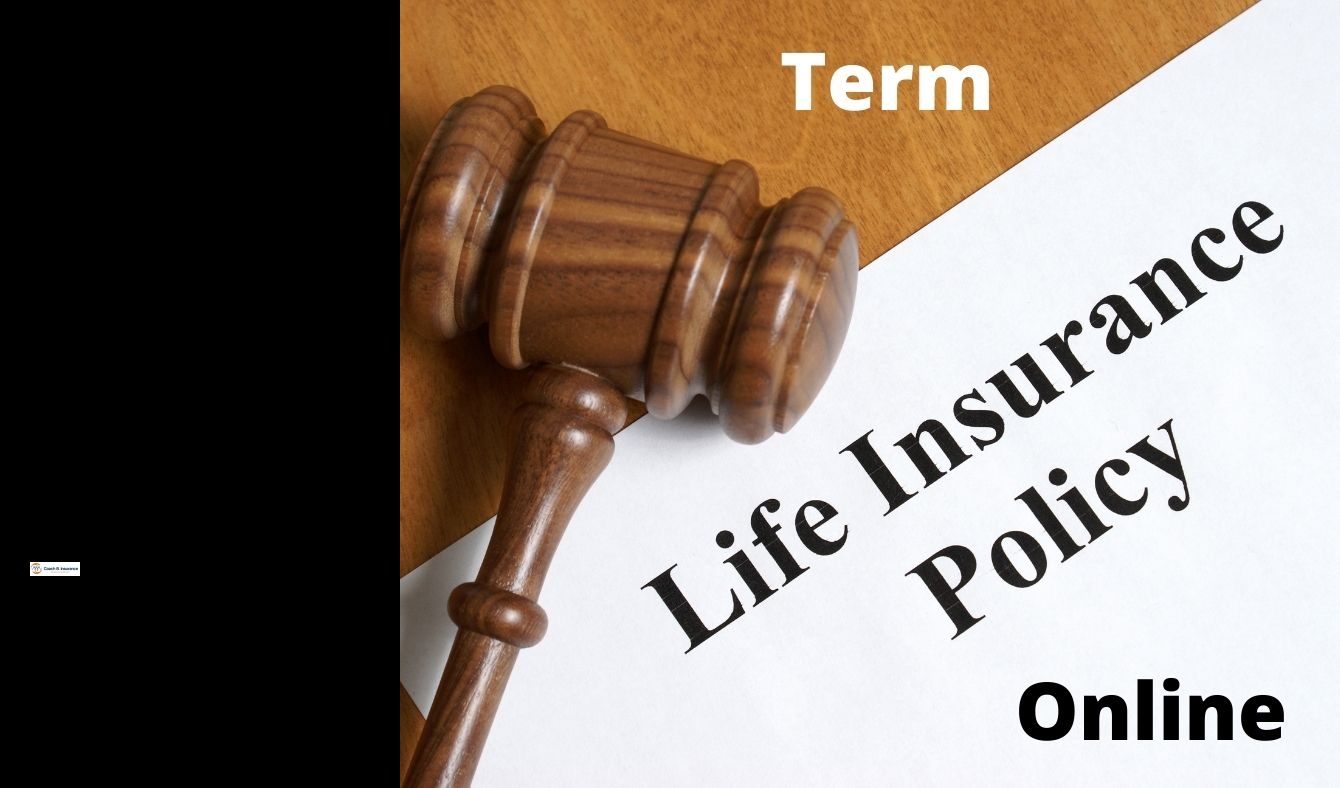how much does term life insurance cost
There are many options for life insurance, but the most popular are term and full. Term life insurance is the most practical because it is simple and affordable. It also lasts for as long you need it. However, the best policy for you will depend upon your individual circumstances. These include your financial obligations, income and lifestyle.
Many factors influence individual life insurance quotes. A healthy 35-yearold male with a term life policy could expect to pay around $30.42 each month for a 20 year, $500,000 policy. However, a 35-yearold female may pay $25.60 for the same policy amount and term. Generally speaking, whole-life insurance is cheaper than term. Whole Life has a longer life expectancy and includes additional savings.



